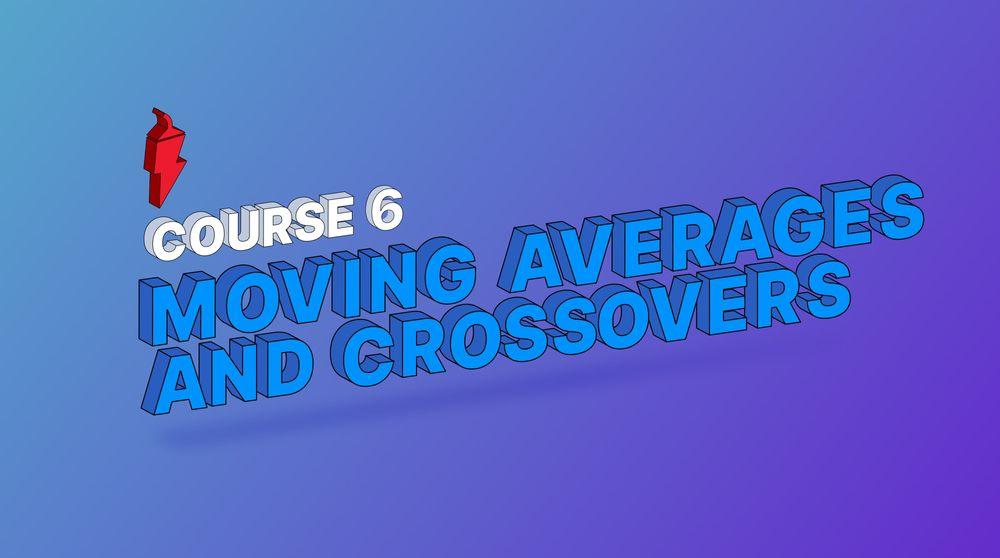- Home
- Trading Courses
- Moving Averages and Crossovers

Moving Averages and Crossovers
A moving average is an indicator that is a part of the technical analysis approach, mainly used to understand the trend, support, and resistance. The moving average appears as a line on the price chart and is calculated by taking the price over a certain period.
There are many different methods for calculating moving averages. Depending on the method used, the moving averages may be more responsive or have a delayed response. These are the main two moving averages used:
Simple Moving Average: This takes all prices within the period into account without giving greater importance to the most recent days.
Exponential Moving Average: This uses a similar calculation to the Simple Moving Average but places greater weight on the most recent price movements. This Moving Average is more responsive.
How can a moving average assist with trading the trend?
One of the main methods is monitoring whether the price is above or below the moving average. During a medium to longer-term upward trend, the price will mainly remain above most moving averages. Conversely, during a downward trend, the price will trade below moving averages. However, traders should note that this depends on the period and the timeframe.
Another way in which moving averages can assist with trends is via crossovers. These occur when one moving average crosses another moving average either upwards or downwards. This indicates that there is enough momentum in one direction for a trend to potentially build, providing traders with a potential opportunity.
Lastly, for support and resistance levels, the most well-known moving averages are the 50-day, 100-day, and 200-day moving averages. This is because the price is known to bounce off these levels. However, traders should be cautious as the price can also form breakouts at these levels.
Moving averages can be used to determine a possible entry point or as part of a trader’s overall analysis. The indications can be used while trading derivatives, such as Contracts for Difference, or when trading the underlying asset.
